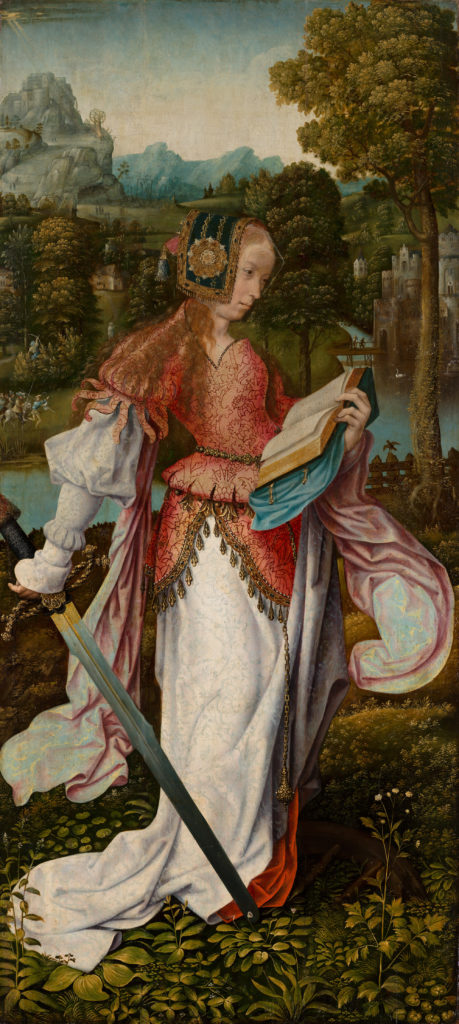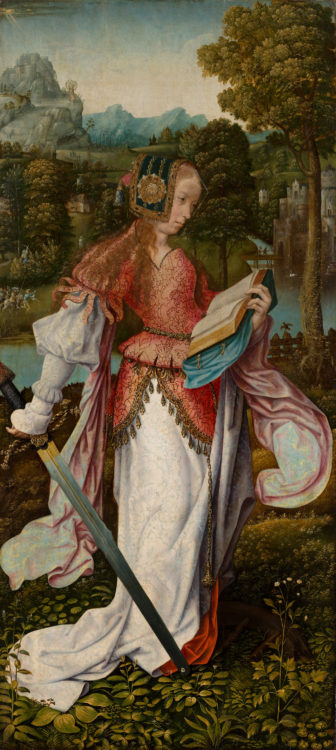[ad_1]
Last night, the hit show The Bachelorette paid a visit to the treasure-filled Mauritshuis museum in the Hague, the Netherlands. (Quite a step up from the The Real Housewives of New York’s recent stop off at a Romero Britto gallery in Miami.)
As Vulture reports, contestant Hannah Brown roamed the empty museum and cried as she examined Vermeer’s Girl With the Pearl Earring (1965) and the Master of Frankfurt’s St. Catherine (ca. 1510–1520). Who can blame her? They’re incredible paintings! “I’ve been here for a little while, and I got to see all the art and stuff, and I’ve never been surrounded by so much beauty,” Brown said. “It’s really overwhelming.”
It’s, of course, not every day that Stendhal Syndrome makes an appearance on a world-famous television show. That term, as artist Andrea Fraser explained in a 2000 essay, was coined in 1979 by the Florence, Italy–based psychoanalyst Graziella Magherini to describe unusual physical reactions—fainting, dizziness, and the like—that tourists were having in response to aesthetic experiences in her fine city. (The name come from Stendhal’s wild reaction to a visit to the Basilica of Santa Croce in Florence in the early 19th century.)
If you would like to try to emulate The Bachelorette experience yourself, St. Catherine is reproduced here—and you can click to enlarge. If you want to experience all of its five glorious vertical feet in person, you can rent the gallery containing the works for a cool $10,000, according to Vulture.
Fraser, for her part, was describing how she cried while in a room of Fred Sandback’s string works at Dia’s old Chelsea location in New York, trying to explain her reaction. “The extreme reticence of Sandback’s work is not something I experience as an act of withholding but rather as an act of extraordinary generosity,” she writes. “By removing himself to the extent that he does, he makes a place for me.”
And now The Bachelorette and Brown have made a place for all of us to feel comfortable crying while looking at art.
[ad_2]
Source link


